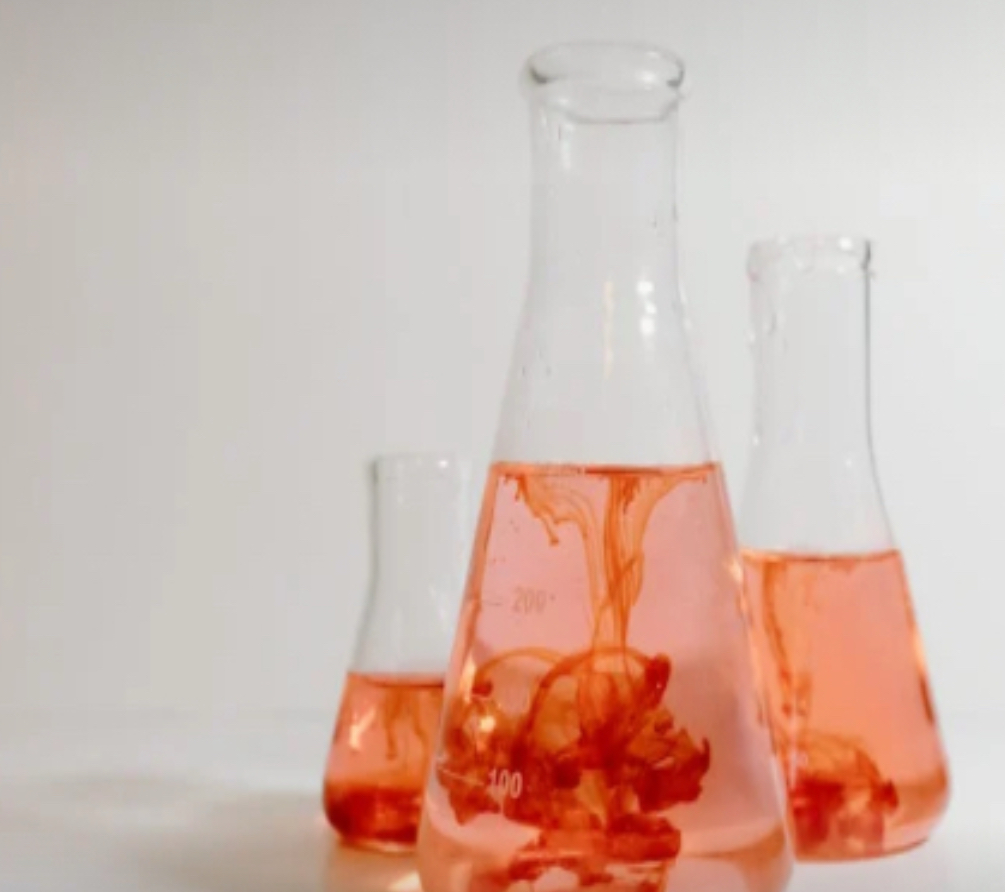The dye Red 40, or Allura Red AC, has a bad reputation due to its appearance in unhealthy and artificial foods. However, most science shows that Red 40 isn’t as bad as most people believe. An earlier variant of red 40 was produced in the early 1900s, when synthetic dyes started to become popular. It was banned in 1971, and Red 40 was created as a safer alternative to the old red number 2 dye. Red 40 received FDA approval around 1976, allowing it to become one of the most popular food additives.
The safety of Red 40 is being brought into question, but the reputation of this dye is much worse than what it actually is. Due to a variety of reasons, Red 40 shouldn’t be our main concern when it comes to banning food additives.
One of the main concerns of Red 40 is that it can lead to hyperactivity in children. This worry comes from the Southampton Study, where certain food dyes were linked to increased hyperactivity. However, this study isn’t as clear as it appears. The results were actually quite mixed. They also used a mixture of other dyes, not just Red 40 alone. The FDA and EFSA reviewed this study as well, and they believe that the results weren’t strong enough to be conclusive evidence.
Many also believe that Red 40 is a cause of various cancers, but this common belief is false. The previous red dye, Red number two, was the dye that was banned due to its link to cancer. Since Red 40 is a replacement for Red number two, a lot of people confuse them with each other. Red 40 is from a different chemical than the old red dye, and there is currently no accurate evidence that red 40 can cause cancer.
While Red 40 adds no nutritional benefits to food, those who avoid consuming artificial foods can easily choose another product. Red 40 manufacturers are required to clearly list it on labels, and must meet strict purity standards. Additionally, the amount of Red 40 must be under a very small amount, so products containing it will only have a small percentage of Red 40 within them.
Overall, Red 40 is not as risky for people to consume as people think. Although it may not be the healthiest thing to be in our food, there are definitely more dangerous dyes that we should focus on banning instead. For example, Titanium Dioxide (E171) is a very risky additive used in candies, frosting and sauces. In 2022, this additive was banned in the entire EU for DNA damage and inflammation, but is still allowed in food within the US. The EFSA has stated this additive isn’t safe to use, and a current lawsuit is being held against its use in skittles. The FDA never banned this additive from food, even though it was proven to be harmful. Instead of focusing on dyes like Red 40, we should eliminate more dangerous products first (such as Titanium Dioxide or dough conditioners).









